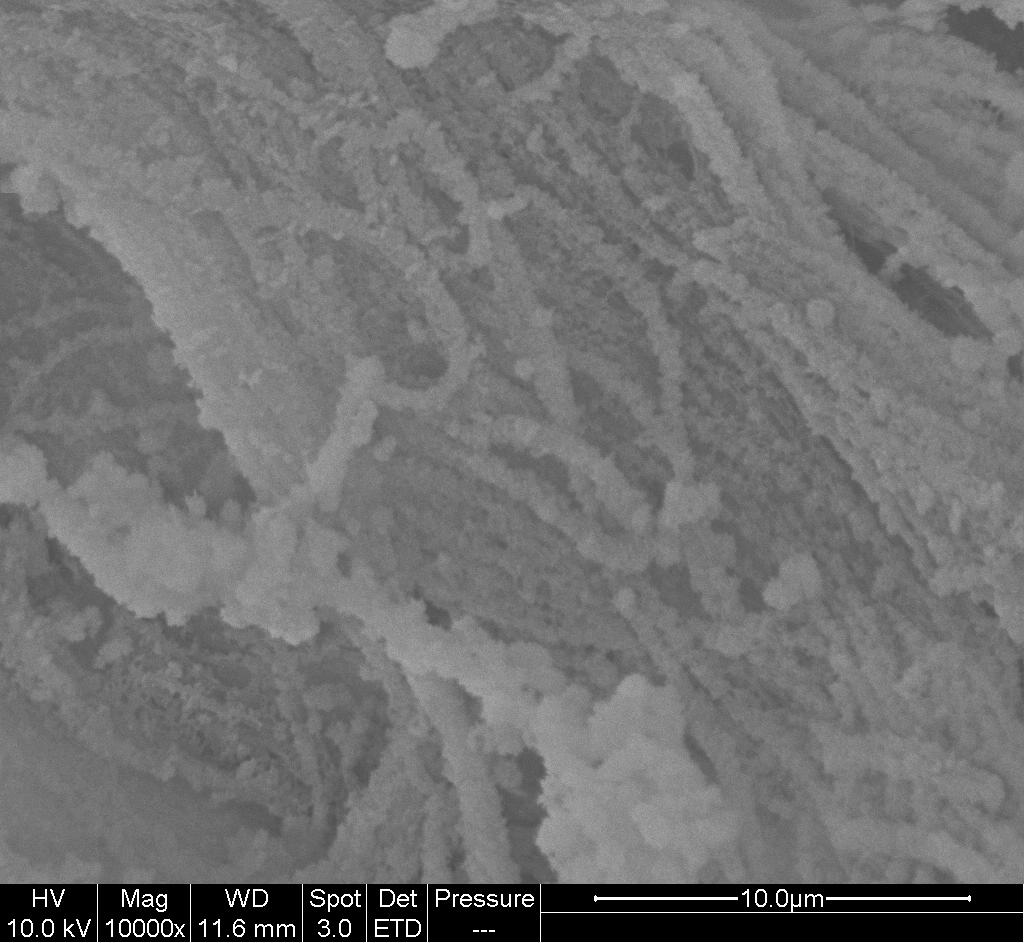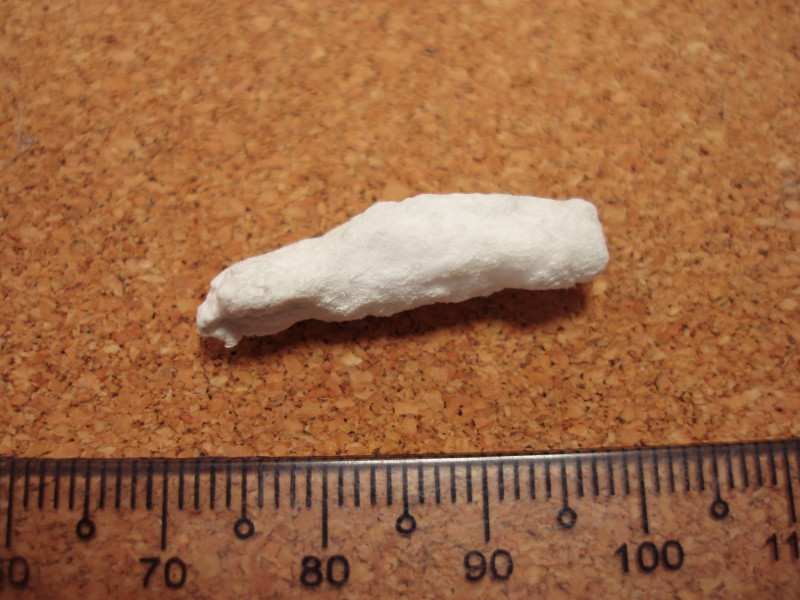▼ Reference
- Fu QW, Zi YP, Xu W, Zhou R, Cai ZY, Zheng WJ, Chen F, Qian QR. Electrospinning of calcium phosphate-poly(D,L-lactic acid) nanofibers for sustained release of water-soluble drug and fast mineralization. International Journal of Nanomedicine 2016; 11: 5087. Open Access
- Fujihara K, Kotaki M, Ramakrishna S. Guided bone regeneration membrane made of polycaprolactone/calcium carbonate composite nano-fibers. Biomaterials 2005; 26: 4319.
- Haider A, Gupta K C, Kang I K. Morphological Effects of HA on the Cell Compatibility of Electrospun HA/PLGA composite Nanofiber Scaffolds. BioMed Research International 2014 Article in Press. Open Access. Open Access
- Hassan M I, Sultana N, Hamdan S. Bioactivity Assessment of Poly(ε-caprolactone)/Hydroxyapatite Electrospun Fibers for Bone Tissue Engineering Application. Journal of Nanomaterials 2014; 2014: 573238. Open Access
- Ngiam M, Liao S, Patil A J, Cheng Z, Yang F, Gubler M J, Ramakrishna S, Chan C K. Fabrication of Mineralized Polymeric Nanofibrous Composites for Bone Graft Materials. Tissue Engineering Part A 2009; 15: 535.
- Panzavolta S, Chiara Gualandi C, Fiorani A, Bracci B, Focarete M L and Adriana Bigi. Fast Coprecipitation of Calcium Phosphate Nanoparticles inside Gelatin Nanofibers by Tricoaxial Electrospinning. Journal of Nanomaterials 2016; 2016; 4235235 Open Access
- Tavakoli-Darestani R, Kazemian G, Emami M, Kamrani-Rad A. Poly (lactide-co-glycolide) nanofibers coated with collagen and nano-hydroxyapatite for bone tissue engineering. Novelty in Biomedicine 2013; 1: 8. Open Access
- Teo W E, Liao S, Chan C, Ramakrishna S. Fabrication and characterization of hierarchically organized nanoparticle-reinforced nanofibrous composite scaffolds. Acta. Biomater. 2011; 7: 193.
▼ Credit and Acknowledgement
Author
Wee-Eong TEO View profile
Email: weeeong@yahoo.com
 ElectrospinTech
ElectrospinTech

